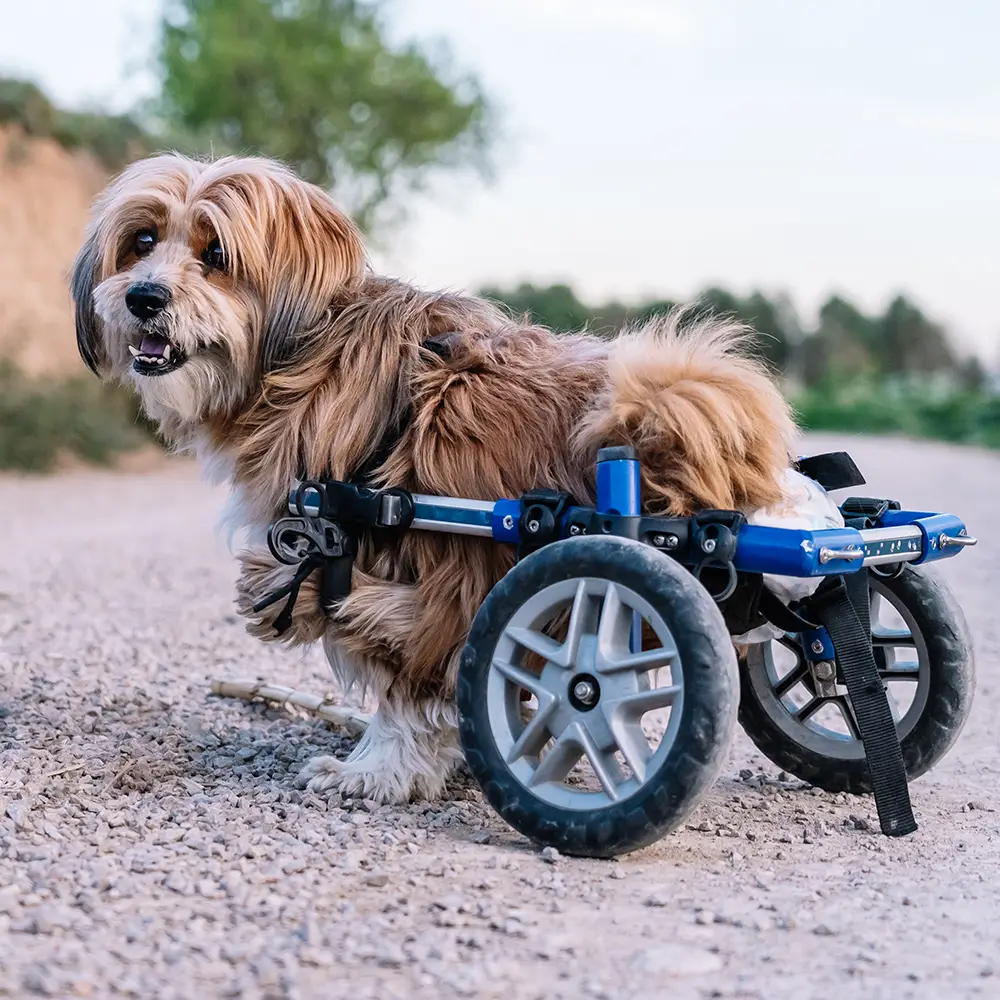Whether they are attempting to pluck prey from the sky, or taking a nose-dive out of a tall tree, it is incredible (and sometimes terrifying) to watch them go! Scientists agree that the reason cats are so skilled at leaping is due to their flexible spines and powerful hindlimbs. They also possess something known as the ‘righting reflex’, which allows them to land on their paws when falling from high places.
The current accepted record for the furthest non-fatal fall by a cat is 32 storeys high! The average cat, depending on his or her size, can safely jump a distance (or height) of anywhere between 2.3 meters and 4 meters – that’s the equivalent of an average-sized man leaping about 10 meters! Anything more than the above, and your cat risks injuring him or herself upon landing. If we look at dogs, we can see that there are many factors playing a role in the development of musculoskeletal injuries. These include sudden, traumatic events or repetitive loading of tissues and the extent of the injury depends a lot on factors such as the weight of the animal and the surface it lands on. Therefore, it stands to reason that the same elements will need to be taken into consideration when deciding what is and is not safe for our cats. Luckily, cats generally do not weigh a lot in comparison to their size, and their anatomical structures differ from our canine companions in ways that allow them to absorb impact much more economically.
That being said, what can we as owners do to protect our beloved pets from injury while still allowing them to exhibit natural behaviors?
- Provide safe spaces for constructive play: Multiple-storey cat trees are wonderful for allowing our cats to play, leap and hide in a controlled space. You can lure them onto the platforms with treats or cat toys. This will at once satisfy their instincts to hunt while strengthening the muscles used for jumping and improving proprioception (I.e awareness of body in space)
- Encourage controlled leaping: Work on a bed or a soft carpet. Incite a game with your cat using a treasured toy and encourage him or her to leap up after it. This will give the same benefits as those described above while minimizing impact on landing. This could be done 1-2 x daily.
- Discourage leaping from uncomfortably high spaces: Cats do not like the feel of double-sided tape on their paws. A way of discouraging them from leaping onto shelves and other high places is to stick a few pieces of tape onto a place-mat and put it where the cat likes to leap. They will soon learn that their efforts only lead to irritation.




